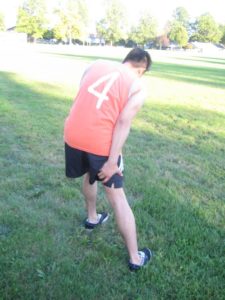A tick thrives on blood from animals and humans. These parasites attach to the skin and suck on blood. Generally, they prefer moist, warm areas such as the armpits, scalp or the groin.
Ticks are known to carry diseases and transmit them once they bite. Some ticks even carry the bacteria responsible for Lyme disease. Due to this, it is vital to remove a tick right away to prevent infections.
Why is proper removal important?
Generally, ticks are parasitic in nature and attach to a host to feed on blood. Potential hosts include reptiles, birds, amphibians and mammals. Not all ticks are carriers of diseases, but it is vital to remove one to prevent it from transmitting any infection. Proper removal also ensures that an infestation in the house can be prevented.

What are the steps?
- Start the removal procedure by getting a good view of the tick. This might require using a mirror and parting the hair.
- With a pair of tweezers, hold the tick as close to the skin as possible. Make sure not to use too much pressure to avoid crushing the tick.
- Once it is firmly in your grasp, tug it straight upwards with even speed and pressure. In case the tick breaks, make sure that the entire head of the tick is removed.
- When it is removed, cleanse the bite site, tweezers and hands with rubbing alcohol. If alcohol is not available, use warm water and soap.
- Store it in a container. If any symptoms start to manifest, you must bring the tick to the doctor’s clinic.
What happens after the removal of the tick?
Once the tick has been removed, check the site around the bite. If there is a bull’s eye rash, consult a doctor right away since it is an indication of an infection.
The initial signs of Lyme disease might arise in a few days after a tick bite such as:
Generally, if any of these symptoms are present after removal, a doctor should be seen right away. If the tick was saved after the removal, it should be taken to the doctor’s clinic to be used in diagnosing any potential diseases.
FACT CHECK
https://kidshealth.org/en/parents/tick-removal.html
https://www.cdc.gov/ticks/removing_a_tick.html
https://www.webmd.com/skin-problems-and-treatments/how-to-remove-a-tick#1
